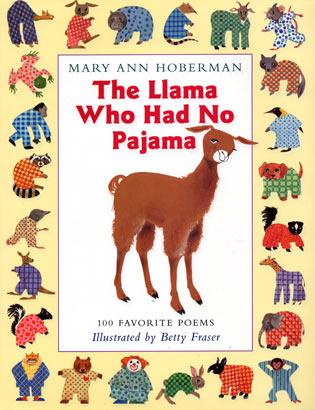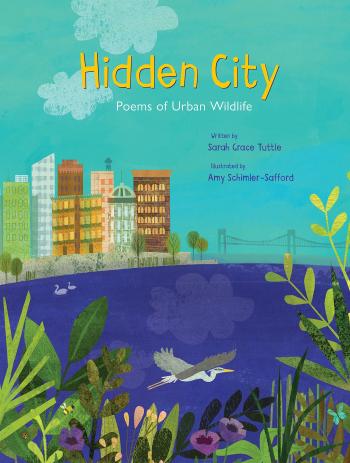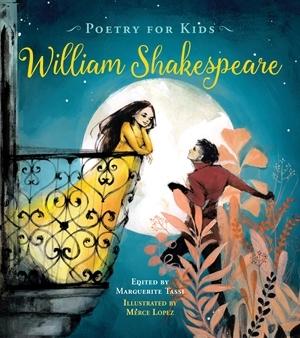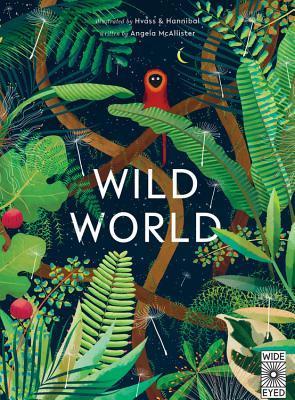
scrounge: /skrounj/ informal verb: to actively seek [books] from any available source

We really enjoyed Mary Ann Hoberman's clever rhyming story The Seven Silly Eaters (see my review here), and so I wasn't surprised that we also enjoyed her book of poetry for children, The Llama Who Had No Pajama.
Many of the poems contained in this book also contain elements of humor (as the title probably implies), but some also teach a little bit about nature (animals are a very common theme here) or involve relatable aspects of life for children (birthdays, growth, size comparisons, etc.)
Overall this is a great way to introduce children to the variety, perspectives, and humor of poetry. We read this over the course of a kindergarten school year, but it should appeal just as much to other elementary ages, as some of the vocabulary might be a bit beyond a five-year-old -- but even so, this is a very fun way to learn new words!
Scrounged From: HomeschoolClassifieds.com (Sonlight Core A)
Format: Hardcover
Author: Mary Ann Hoberman
Illustrator: Betty Fraser
Pages: 68
Content Advisory: None

I hadn't thought about it much before this, but many of the books of animal poetry I've read tend to focus on animals in their more rugged, wild environments, or perhaps farm animals -- but certainly in rural settings. Hidden City is a bit different, providing factual, descriptive poems about wild animals that live near people or make their habitats in populated areas.
From back yards and living rooms to dark alleys and skyscrapers, this book highlights the presence of animals of all sizes in these urban spaces, and gives a straightforward poem about each one, highlighting something that it does.
Whether reading about migrating geese that have stopped for a rest, moss in sidewalk cracks, or raccoons scrounging through a trash can, you certainly don't need to live in a city to appreciate these short glimpses into the lives of many different types of wildlife. The full-page illustrations are full of color and texture, making this a wonderful book to share with young children, and help them appreciate not only poetry, but the animals and other bits of nature that are all around them no matter where they go.
Scrounged From: A LibraryThing giveaway
Format: Hardcover
Author: Sarah Grace Tuttle
Illustrator: Amy Shimler-Safford
Pages: 48
Content Advisory: None

The Arnold Lobel Book of Mother Goose was an enjoyable addition to our kindergarten year. Not only do nursery rhymes build vocabulary and sometimes teach about history (not to mention cultural literacy in general), but they can also be a lot of fun, especially for the ones that have been made into songs, such as "Hey Diddle Diddle," "Three Little Kittens," "Old King Cole," etc.
There is a lot of general silliness here, and the soft, colorful illustrations by Arnold Lobel (author/illustrator of the beloved Frog and Toad series) really add to the mood on each page. Some rhymes might be a bit scary, and as is to be expected with any literature that's this old, there are references to things that might be confusing to children nowadays: death (as it was a much more common reality that children experienced around them), corporal punishment (such as references to someone being "beaten" for unacceptable behavior), and just cultural practices that seem odd to us in general, such as courtship rituals, hunting practices, and rhymes involving nobility, etc. There are also some words here that are out of general use and may need to be explained.
So some rhymes may bring up conversations with children about some of these issues, in which case it's helpful for parents/teachers to be prepared for that. But overall, we really enjoyed reading this, and my children seemed to like reading from this book even more than regular poems -- probably because there is such a variety here (and yes, my kids really enjoy silly things too), including songs. While there were quite a few rhymes here I'd never heard before, there were also many favorites that I hadn't read in a while. Sometimes wordings are slightly different from what we may be used to, but there's no rule against changing a word here and there.
This would be a good book to pair with nursery rhyme songs, such as Wee Sing Nursery Rhymes and Lullabies, so that children will occasionally hear a rhyme that is familiar to them (but not too often).
Scrounged From: HomeschoolClassifieds.com (Sonlight Core A)
Format: Hardcover
Author: Various/unknown
Illustrator: Arnold Lobel
Pages: 176
Content Advisory: As noted above, older cultural practices may be confusing for children, and there are references to corporal punishment, death, hunting, and a few somewhat mean-spirited rhymes as well.

Confession: I've never been a big fan of Shakespeare. Hopefully I won't get my English degree revoked for saying that, but I didn't really encounter him much until college, and reading numerous lines of 400-year-old dialog full of words I didn't recognize just didn't excite me much. Of course, I still respect very much his contributions to the English language, but I suppose my interest in Shakespeare has been more historical than literary.
So I suppose the collection in Poetry for Kids: William Shakespeare is perfect for people like me, or people who've never read Shakespeare at all, because it is basically his "greatest hits." (I know it says "for kids," but I imagine most readers will be teenagers or adults.)
There are some short snippets, some longer monologues, and some sonnets, but many recognizable pieces and lines can be found here -- from Hamlet's famous "To be or not to be," to Romeo and Juliet on the balcony, the three witches with their "Double, double toil and trouble," and "Shall I compare thee to a summer's day?" Even aside from the major pieces, I was reminded of just how many phrases from Shakespeare are still around today, such as "mortal coil," "sound and fury," "the game is afoot," etc.
Each piece includes a list of its more unusual words/phrases after it, with definitions, which is very helpful. For those who would like more Shakespeare in their home but don't want to read entire plays, this is a great addition, and the illustrations are very nice too.
(Thanks to NetGalley for the review copy.)
Scrounged From: NetGalley
Format: Kindle
Author: William Shakespeare, Marguerite Tassi
Illustrator: Merce Lopez
Pages: 48
Content Advisory: None

I really enjoyed Wild World, a collection of poetry about many of Earth's most recognizable wild places that contain animal habitats. The poetry is paired with lovely, colorful illustrations featuring many animals found in each type of place.
The poetry contains some wonderful imagery and metaphor, and as such is probably beyond preschoolers, but for older children and adults this is a lovely way to learn and be reminded about these animal habitats, and references to the food chain help prevent these vignettes from becoming romanticized. There are some general environments covered here such as jungles, deserts, mountains, etc., but also some more specific ones such as moorlands, mangroves, and the Australian Outback.
(Thanks to NetGalley for the review copy.)
Scrounged From: NetGalley
Format: Kindle
Author: Angela McAllister
Pages: 32
Content Advisory: None

